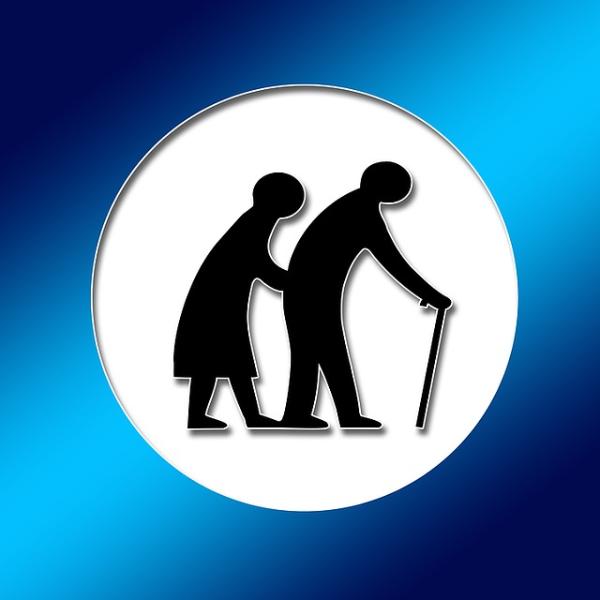Restorative vs. Maintenance Care
First, the term nursing home encompasses a variety of types of care and patient needs. Collectively, they are known as long-term care facilities, and they exist along a spectrum of care from rehabilitation to maintenance; and with a similar range of patients from those needing the confidence of support to those requiring complete care. Many years ago, to reduce costs, we moved the necessary rehabilitation from an illness from expensive hospital beds to less expensive “nursing home” beds. For a majority of these patients, nursing care was supportive, providing help with the activities of daily living, ADLs [1] for a few weeks until the patient could return to their homes. These are skilled nursing homes. Some patients, not able to fully participate in these rehabilitation activities, were instead placed in “sub-acute” facilities, the same goals, but less intensive, longer stays. Of course, some patients were not candidates for rehabilitation; they required assistance with their ADLs; they ultimately were placed in long-term or assisted-living facilities. A hybrid also developed, known as continuing care retirement communities (CCRC) that provide housing and services that go from fully independent living to long-term assisted living; those 55+ communities in Florida are the front end of CCRCs.
As the level of maintenance care grows, so does the frailty of the patients; so when a politician or expert speaks to the public about nursing homes, making no distinction of the group’s frailty, that confuses understanding of just who is at risk.
Infections in Long-term Care Facilities
According to the CDC, 4 million Americans are cared for in skilled or sub-acute facilities annually, and another 1 million live permanently in assisted living facilities. More importantly, infections are a big problem in these institutions. No firm numbers are known, the literature suggests anywhere from 1-3 million infections annually and a rate of death from these infections of around 380,000, and this was before COVID-19.
“Residents of LTCFs are of notable risk for influenza infection due to their close proximity with fellow residents and their frequent interactions with health care personnel (HCP) as well as relatives and other visitors.
…NHs/SNFs must maintain infection control and prevention (ICP) programs to comply with the federal regulations governing licensing and certification. …Most NHs/SNFs lack adequately trained and committed personnel and resources for this task.”
This was written in 2013, and not much has changed. The few metrics put in place by the CDC fail to differentiate between facilities with high and low rates of COVID-19 deaths, as I have written about previously.
The CDC identified several factors that increase infectious risk in these patients.
- They were older, 36% over age 85
- They had weaker immune responses, including their response to vaccines
- They had less adequate nutrition
- More coexistent chronic conditions
- Higher risk of adverse reactions to medications because of more significant liver and kidney disease
- Greater exposure to resistant pathogens
- Atypical presentations of their illness, especially when compared with younger individuals. This problem is compounded by the lack of clinical training and expertise among the staff in these facilities compared to hospitals.
Consider this recent study [2] reported in the New England Journal of Medicine about one of the nursing homes in Washington State, a skilled nursing facility where patients were voluntarily tested for COVID-19 on two occasions. Of the 48% who tested positive
- 35% were symptomatic, 8% had atypical symptoms, 56% had no new symptoms other than those of their chronic conditions.
- In the seven days after initial testing, 89% of the “asymptomatic” developed symptoms, when tested they had been “pre-symptomatic”
- Among the staff, 8% were initially positive, and this subsequently rose to 19%; the majority of those employees were nursing staff. As noted in another study of nursing home staff in Washington, 65% of staff continued to work while symptomatic – not out of obligation but an economic necessity.
“Transmission from asymptomatic residents infected with SARS-CoV-2 most likely contributed to the rapid and extensive spread of infection to other residents and staff. Symptom-based infection-control strategies were not sufficient to prevent transmission after the introduction of SARS-CoV-2 into this skilled nursing facility.”
Patients infected with COVID-19, capable of transmitting the disease to others, are frequently pre-symptomatic. The only way to effectively block pre-symptomatic transmission is to treat everyone as infected. Additionally, the findings of the NEJM study are consistent with a study from Taiwan, where 23% of infections were related to contact with healthcare personnel.
“The moral test of government is how that government treats those who are in the dawn of life, the children; those who are in the twilight of life, the elderly; those who are in the shadows of life, the sick, the needy and the handicapped.” Vice-President Hubert Humphrey
By that measure, COVID-19 has once again revealed our failure. The healthcare system has been entrusted with caring for our frail, but especially for the elderly; we have provided more custodial than thoughtful, compassionate care. There is nothing new concerning infections in nursing facilities. We have known about these problems and swept them under the rug for years. After a few show trials or investigations, we will sweep them aside once again.
[1] These activities include eating, dressing, hygiene, and getting around one’s home environment, e.g., stairs.
[2] Presymptomatic SARS-CoV-2 Infections and Transmission in a Skilled Nursing Facility




